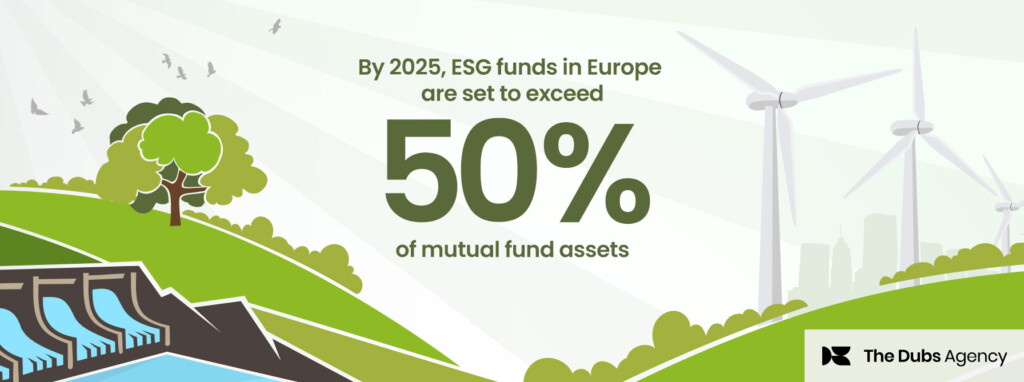What do you get when you cross big data with intuitive programming? Cognitive tech. Here’s what it can do.
At the moment, IBM and Microsoft are the forerunners in creating intuitive tech that not only learns from its users, but will grow and become more efficient alongside them.
Intuitive tech that absorbs information on our behalf and then churns out a digestible package that our, at times, highly illogical and overwhelmed human minds can take in? Welcome to the future and a new breed of cognitive technology, that is about to simplify the hell out of your world.
The newest players on the block are IBM’s Watson and Microsoft’s Cortana Intelligence Suite (Facebook has been running the virtual assistant M, while Google’s Now is a little less sophisticated – but in the same vein). Essentially these clever algorithms respond to data they’ve learnt via our input, and then use this data to form opinions and outcomes. Amazing, right? We’re pretty much training them to compartmentalise our data and choices, rather than wading through it ourselves.
These clever algorithms respond to data they’ve learnt via our input, and then use this data to form opinions and outcomes
It’s great on a virtual assistant level, but Watson and the Cortana Intelligence Suite are going even deeper and helping industries such as the financial sector streamline the constant inflow of information to better serve customers. Imagine you’re drowning in customer feedback, swimming in data and sweating on the small stuff that you just can’t compile because who has time to constantly update reports? Don’t worry, cognitive technology has your back.
We love the advent of big data, but how do you harness that monolith and add an intuitive element? With cognitive tech. They’re both customer-centric and offer easy interfaces for companies to use: the computing behind them is as sophisticated and high-brow as ever, but they now have friendly “faces” that you can literally talk to as simply or as exclusively as you and your customers like. Basically you can cross-sell more effectively to your customer base, improve and streamline customer service and experience, plus the tech can actually interact with the customer. This tech is working behind the scenes as well as up front and centre. And the more you use it, the better and more intuitive it will become to your customers’ and business’ needs.
And we’re just in the early phases of these systems. The fact they will evolve alongside us means their potential is limitless. Think personalised service and knowledge, as opposed to generalised. We’re not even talking about catering to segments and groups here, we’re talking one-on-one personal. And with an entire generation who will grow up alongside this technology?
You may notice one big hitter is missing here: that’s right, where’s Apple in this fray? Earlier this year the tech giant acquired Emotient – a startup that developed technology that can recognise moods based on facial expressions. While we’re not sure what Apple will do this with this revolutionary addition to its arsenal, it was previously used to help advertisers assess audience reactions to ads.
With all of this thoughtful, intuitive technology on our doorstep, the big question still looms large: where are our flying cars, people?
Subscribe now for content marketing insights and trends straight to your inbox.









